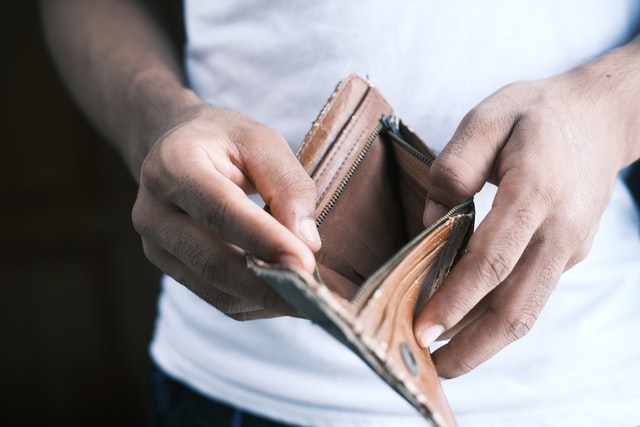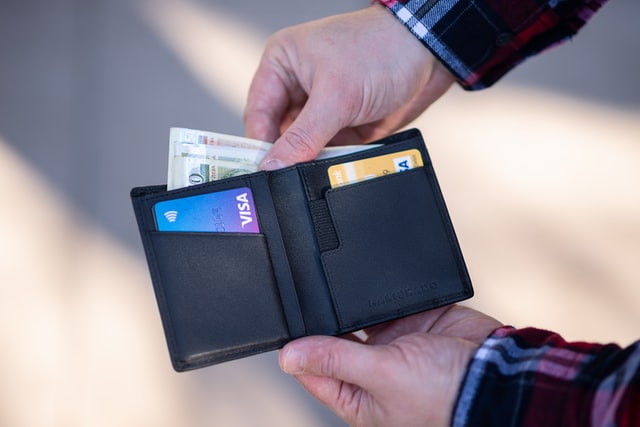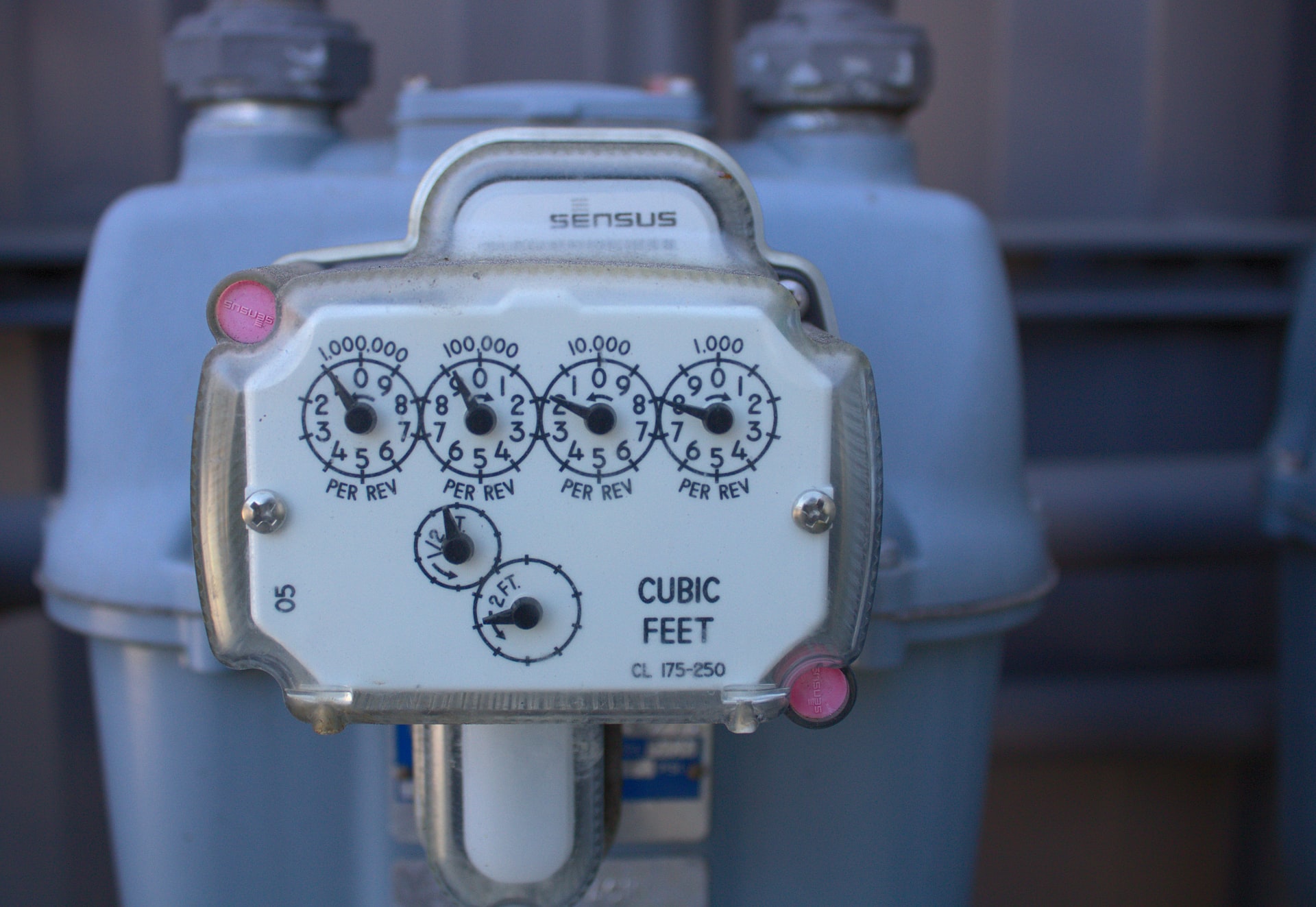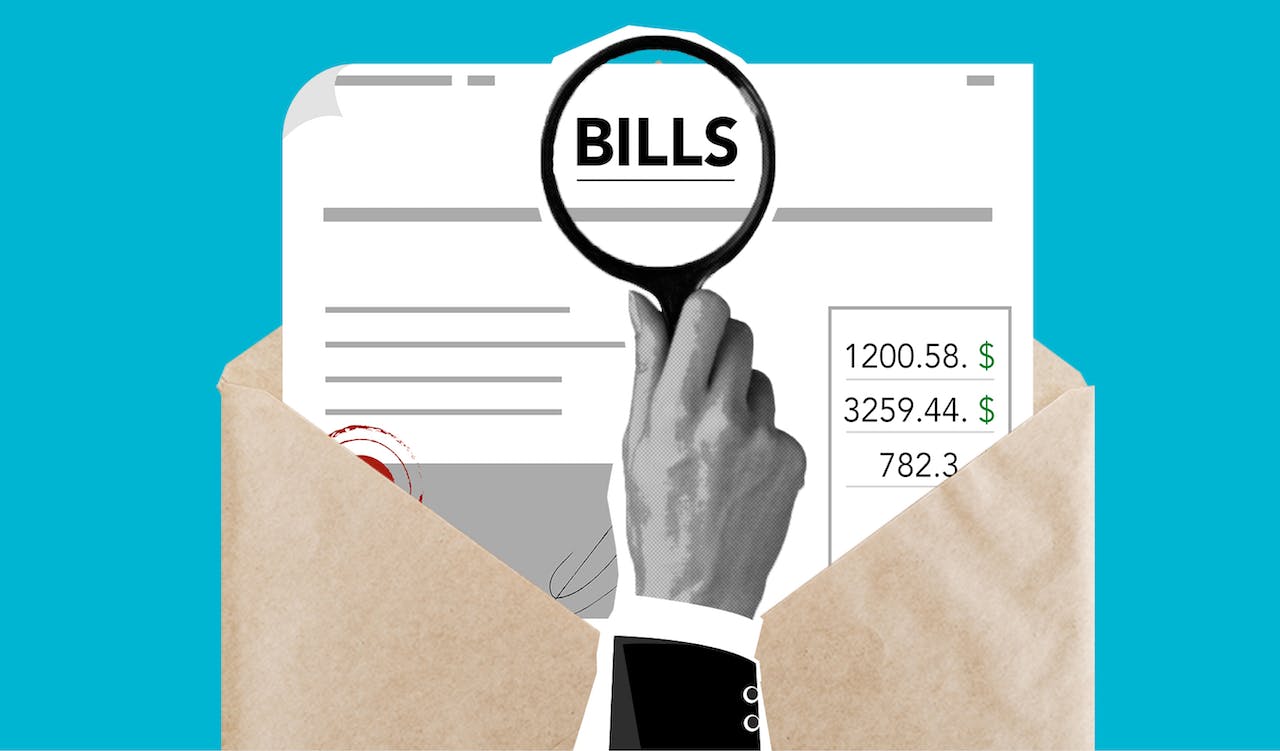Are you busy with work and feeling overwhelmed, or do you constantly feel stressed out? Does it feel like your landlord has you down on your knees? If so, there’s no need to fret. We have compiled some excellent tips about dealing with all of these things and more just by incorporating some helpful self-care practices in your everyday life. One way to reduce stress and increase your savings is by trying a “no-spend” month, reducing your spending significantly for 30 days. We guarantee if you follow these tips, you’ll not only find yourself happier and more relaxed, but you’ll also save some money in the process.
What is a no-spend month?
The concept of practicing a no-spend month is to take a complete month-long break from your usual spending habits other than important essentials like food and housing costs. In the process, you’ll be able to rack up a fairly significant amount of cash savings that you can put in the bank. You can use this money to spend on anything from a home improvement you’ve been putting off to a fun vacation you’ve been wanting to take. The key is to reduce or eliminate spending money on anything that isn’t essential for one full month. At the end of your month, you might be amazed at just how much money you saved.
Decide what type of no-spend month you want to commit to

The term no-spend month varies depending on your preference and your ability to commit to saving. Here are some examples of a no spend month that you can try to do yourself at home:
- Stop spending money completely: This option requires you to stop spending your cash on everything, including food and even bills that might be due during the month-long time frame. If you choose this option, make sure you already have money and supplies set aside, so you don’t have to pull any extra cash from your account.
- Stop spending money on non-essential items: This method is the most common, and it simply means that you’ll stop spending your hard-earned money on things you don’t really need. Some examples might include going out to eat, going to the movies, or buying home décor and other unnecessary items.
- Stop spending money in one or two categories: You can also save money just by reducing your spending in a couple of general categories, like heading to the salon for beauty treatments or buying new clothes and shoes at the mall or online.
How to commit to a no-spend month

Here are some planning tips, so you can fully commit yourself to an entire no-spend month.
- Organize and plan: Sit down and write out your plans for the no-spend month in advance. Do some basic budgeting, and make a note of essential bills like power, Internet, food, and rent so that you’re able to handle the most important expenses without spending more.
- Customize by making rules and exceptions: You can custom tailor your no-spend month by writing down a few ground rules. It’s also perfectly fine to include a few exceptions that serve as rewards, which will make the month a lot easier to stick to. Obvious expenses like rent and electricity are OK to spend money on if you don’t have any reserves, for example.
- Plan a motivation or reward: Make sure you reward yourself after the end of your no-spend month. Plan it together with your family and determine what will serve as motivation. It can be anything from a kitchen remodel to a fun weekend getaway. This is an excellent way to ensure that you’re keeping your eyes on the prize.
The best zero spend month tips

Your zero-spend month might be different from others, depending on your lifestyle and your goals. Here are some of the best tips to help you get through your no-spend month:
- Organize your essential grocery shopping and make a comprehensive list before the month begins. Do your shopping in advance so that your fridge and pantry are well-stocked. This will ensure that you have all the food you need before you start saving throughout the month.
- Walk or bike to your destination instead of using public transportation, a taxi, or driving your car. Not only will you save money on gas and vehicle maintenance, but you’ll get in some extra exercise, too. You can even lower your insurance premiums with temporary car insurance if you rarely drive your car.
- Sell some of the things you no longer need to make a little extra cash. This is a perfect time to host a yard sale or post items online to declutter while making a profit in the process.
- Cook all of your meals at home, and avoid eating at cafes, restaurants, or ordering food for delivery. You’ll be surprised at just how much money little saves like this can amount to by doing this simple thing.
- Plan a few fun weekend activities you can do at home together or as a family. Take part in free entertainment in your area, such as heading to the beach, walking a nature trail, or visiting your local park.
- Practice a few practical money-saving habits during the month. You can use less energy by turning off lights and electronics, clipping and using coupons to save on groceries, or researching new ways to buy things at a cheaper price, like buying clothes and furniture from thrift and antique stores rather than new ones.
How to gather support and get help from family and friends

Spending money on only necessities starts with a positive frame of mind, but getting a bit of help from others and having them get involved will make the process easier.
Tell your friends and family about your idea for a no-spend month. Get them excited by telling them about the rewards at the end of the month and make it a challenge where the winner gets a prize at the end that is contributed by everyone. For example, each person who participates can donate a small amount of money, and the one who gets through the entire month spending the least amount will get the prize. Perhaps the person who spends the most can host a dinner party or movie night at their house when the no-spend month is over.
Share information about your no-spend challenge on social media to get others excited and encourage them to participate. Engage with your followers and post frequent updates about how you’re doing throughout the month. This is a great way to get others to follow along, and it also helps to hold you more accountable.
The benefits of a no-spend month and how you can use your saved money

There are many benefits to trying a no-spend month, including learning about finance and how it affects your life. Once the month is over, check out these ideas to inspire you to spend your saved money in the best way possible.
- Have you and your family been dreaming of a long-planned weekend getaway? This is a perfect time to enjoy a mini-vacation and have some fun together with the money you saved.
- Were you dreaming about a minor kitchen or home remodel? Now you have the budget to get started to make your home DIY dreams come true.
- Saving money for Christmas presents can be challenging, but now you’ll have a budget so you can buy gifts for the whole family without feeling stressed or overwhelmed. It’s also a great way to prevent you from racking up credit card debt during the holidays.
- Have you been lacking cash for your emergency fund? After the no-spend month, you’ll have some money in the budget that you can put aside for possible emergencies, which also gives you peace of mind.
- Spoil yourself with an amazing health and wellness day at the spa. Enjoy a nice skin facial, get a massage, or spend a bit of your saved money on a manicure or pedicure.
- Does your TV or your home appliances need an upgrade? Now is a perfect time to buy that brand-new flat screen or refrigerator you’ve been eyeing.
- Use your money to do a little bit of home organization. Whether it’s revamping your closet or pantry or buying a beautiful new dresser, use the money to get your space organized and clutter-free.
So, how was your no-spend month? Be sure to share your experiences with others, so you can motivate your friends and family to do the same. Perhaps you and your family can make this an annual event by picking one month out of the year to save money. Think of a no-spend month as a fun challenge and the possibility to do more things at home as you spend time with your family. Most importantly, think about the many rewards you’ll enjoy once your no-spend month is over.




